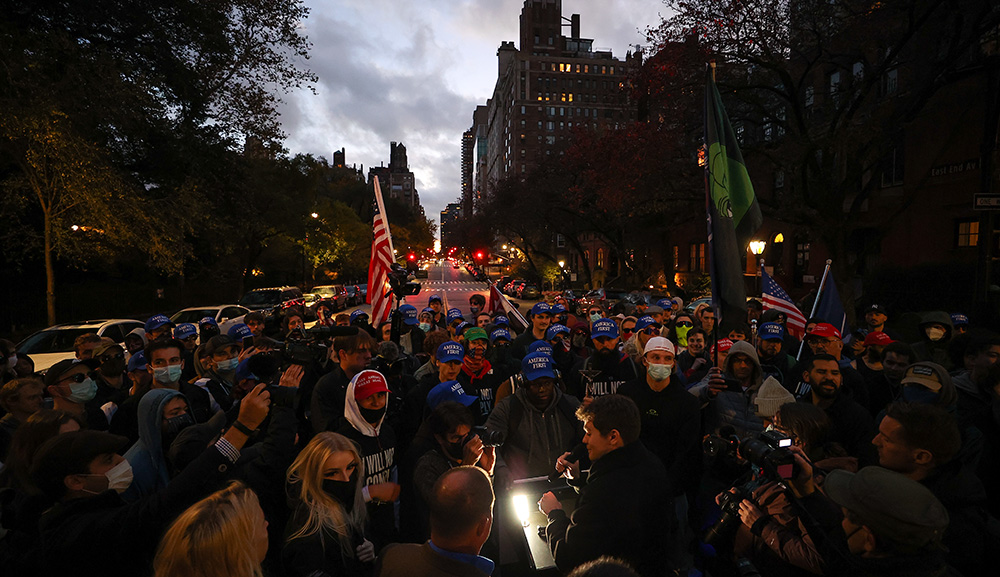In a recent speech, the Israeli internal security minister Omer Bar-Lev claimed that the shocking outbreaks of rioting and violence among Israel’s Arab citizens during the May war with Hamas were largely the results of socioeconomic inequality. Examining the historical record from the pre-state era to the present, Efraim Karsh shows a steady trend of growing Arab incomes and quality of life, coupled with successive waves of increasing radicalization—much of the latter resulting from the ideological influence of extremist Palestinian leaders.
The process [of Arab radicalization] began with the June 1967 war, which brought Israeli Arabs into renewed direct contact with both their West Bank and Gaza brothers and the wider Arab world. . . . For the first time since 1948, Israeli Muslims were allowed by Arab states to participate in the sacred pilgrimage to Mecca and Medina, thus breaking an unofficial ostracism and restoring a sense of self-esteem and pan-Arab belonging—and encouraging a correlative degree of estrangement from Israel.
Radicalization only grew worse, Karsh argues, following the Oslo Accords, and worse still following their collapse in 2000:
By the time of the 2009 national elections, some 40 percent of Israeli Arabs were denying the existence of the Holocaust while one in two were opposed to sending their children to Jewish schools or having Jewish neighbors. Small wonder that the 1990s and 2000s saw the demise of Arab votes for Jewish/Zionist parties and their diversion to militant, purely Arab parties that were openly opposed to Israel’s very existence; this process gained considerable momentum in the 2010s.
The May 2021 Israeli Arab riots, like their October 2000 precursor, were not an act of social protest but a nationalist/Islamist insurrection in support of an external attack. It was not socioeconomic grievances that drove the Israeli Arabs to wreak wanton violence on their Jewish compatriots for the second time in twenty years but the growing radicalization attending the decades-long betterment of their socioeconomic condition. The more prosperous, affluent, better educated, and politically aware the Israeli Arabs have become, the greater their leadership’s incitement against their state of citizenship—to the point where many ordinary Arabs have come to challenge openly their minority existence in the Jewish state.
Of course, many Israeli Arabs would still be content to get on with their lives and take advantage of the freedoms and opportunities afforded by Israel, no matter how much they might resent their minority status in a Jewish state.
More about: Israeli Arabs, Israeli society, Second Intifada


